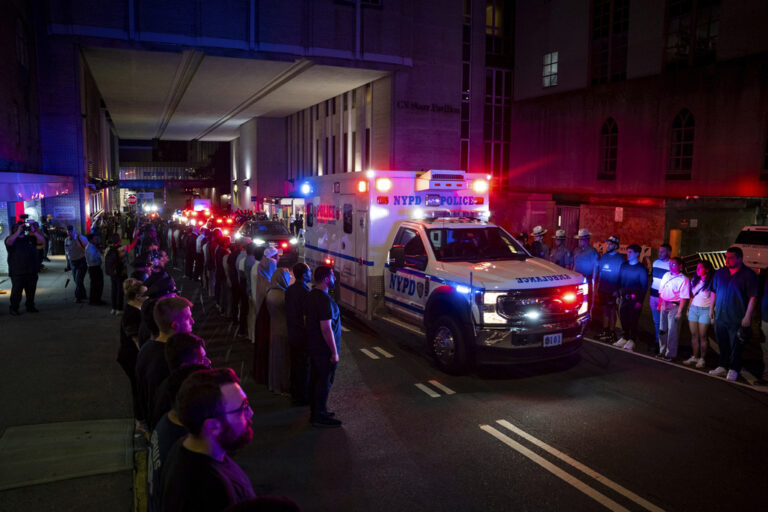Teens who are passengers in automobiles that crash are more likely to die than younger children in the same setting, especially if the car is being driven by a young, inexperienced driver, a new study reveals.
Researchers looked at 45,560 crashes that involved passengers aged 8 to 17. From 2000 to 2005, 9,807 passengers in this age group died in car crashes.
“We were surprised to find that there was a clear tipping point that occurred between ages 12 and 16. There was a dramatic rise in deaths to passengers in cars,” said lead researcher Dr. Flaura Koplin-Winston, founder and co-scientific director of the Center for Injury Research and Prevention at Children’s Hospital of Philadelphia. The report was published in the March issue of the Archives of Pediatrics & Adolescent Medicine.
Before age 12, the number of deaths per year of age was fairly constant, and then suddenly between 12 and 14, it rose dramatically and continued to rise all the way through the teens, Winston said.
Among these deaths, 54.4 percent of the teens were riding with a driver under 20. In addition, almost two-thirds of the teens who died were not wearing seat belts. More than three-quarters of the crashes happened on roads with speed limits above 45 mph, the researchers found. Drinking was a factor in 21.2 percent of the fatal car crashes.
“To me, as a pediatrician, a researcher and the mother, it really hit home to me that parents need to start the driving conversation way before they start thinking about a learner’s permit,” Winston said. “It has to start around 12 or 13, because that’s when kids start being driven by other people, and, unfortunately, sometimes by their peers.”
Winston thinks parents should talk to their children about wearing seat belts and be models of seat-belt wearing themselves.
“We need to identify what is an unsafe ride,” Winston said. “Riding with someone who is a young driver, particularly one who is under 16, particularly in the first year of driving, may be dangerous,” she said.
Parents should help their children find alternative solutions and other rides, Winston said.
Winston supports graduated driving laws that restrict the number and age of passengers that a young driver can have in the car. “Those kinds of things can really save lives,” she said.
One expert thinks parents don’t pay enough attention when their children start climbing into the cars of their friends.
“Parents often worry about health issues in their children — Is my kid’s headache a brain tumor? Or does this bruise mean leukemia? Of course, no one wants his/her kid to get these illnesses, but they are rare and not preventable,” said Dr. Karen Sheehan, medical director of Injury Prevention and Research at Children’s Memorial Hospital in Chicago.
What is common and what is largely preventable are motor vehicle crashes, Sheehan said. “However, as a society, we think of car crashes as accidents, but really when you look at the data closely, as they did in this article, there are specific risks for death that can be identified — and if avoided may prevent serious injury,” she said.
“Parents need to require their kids use restraints. Parents need to be aware of the dangers of their kids riding with young drivers, especially on high-speed roads,” Sheehan said.
(Sources: Flaura Koplin-Winston, M.D., Ph.D., founder and co-scientific director, Center for Injury Research and Prevention, Children’s Hospital of Philadelphia; Karen Sheehan, M.D., medical director, Injury Prevention and Research, Children’s Memorial Hospital, and medical director, Injury Free Coalition for Kids in Chicago, both in Chicago; March 2008, Archives of Pediatrics & Adolescent Medicine)










